Stop Ruining Your Stuff: The Real Rules for Storing Things in Your Garage
Over the years, I’ve walked into hundreds of garages, and they almost always tell the same story. They’re the place where our best intentions—to stay organized, to save things for later—go to face a harsh reality. We see all that space and think of it as a bonus room, a free-for-all storage unit attached to the house. But here’s the thing: your garage isn’t a room. It’s a buffer zone, a chaotic space caught between your cozy, climate-controlled home and the wildness of the great outdoors. Understanding this one simple fact is the absolute key to protecting your belongings and, honestly, keeping your family safe.
In this article
I’ve seen the aftermath of this misunderstanding, and it can be heartbreaking. I once worked with a client in a dry climate who lost a gorgeous vintage dresser, a family heirloom, because the intense heat warped the wood and literally split the joints apart. In another, more humid area, a different family opened a box of treasured photos only to find they had melted into a single, moldy brick. These people weren’t careless. They just didn’t realize that a garage is a battlefield of extreme temperature swings, suffocating humidity, and opportunistic pests.
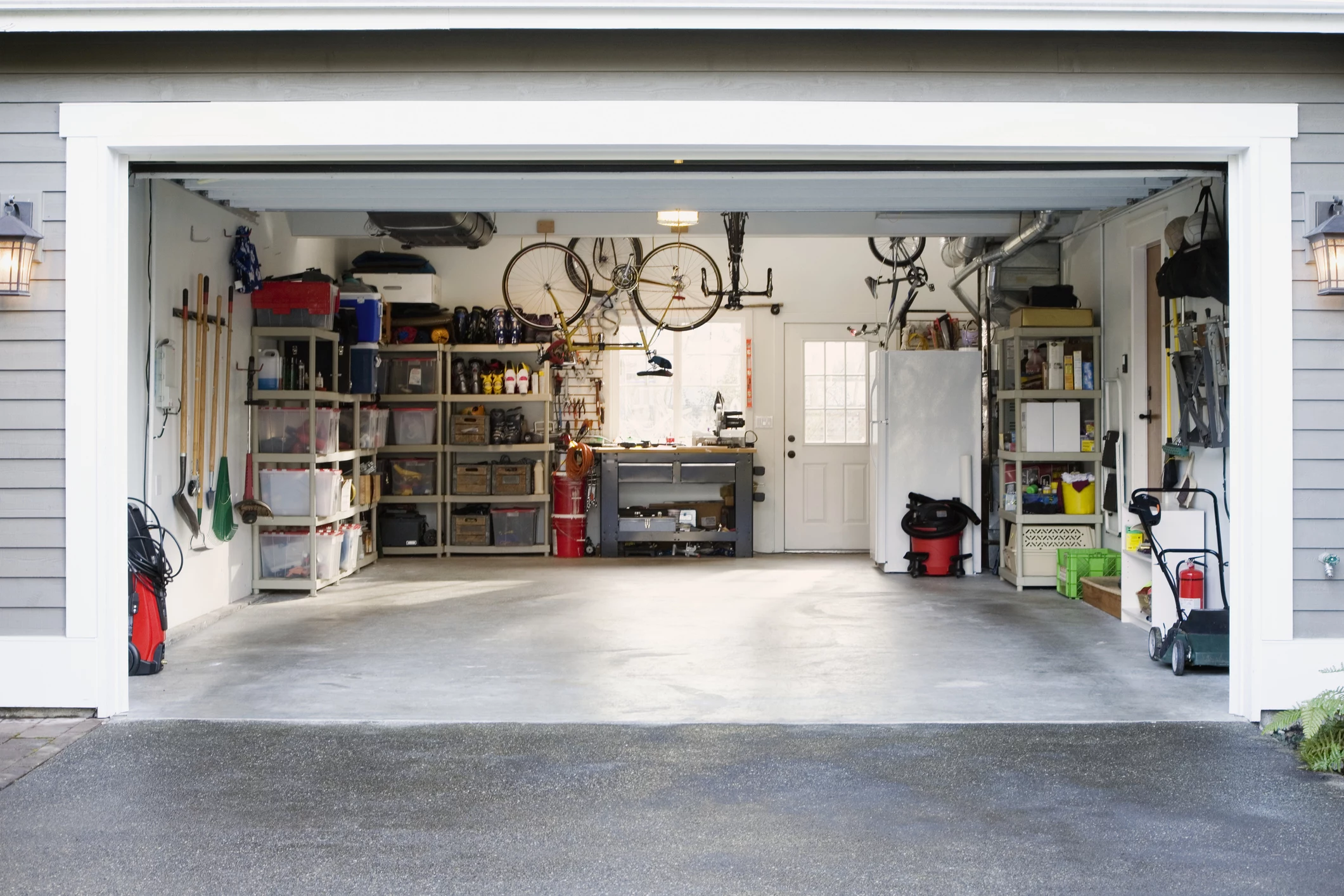
So, this isn’t just another list of what to ban from your garage. It’s about getting into the ‘why’ of it all. We’ll dig into how that unique environment messes with different materials and cover the pro techniques for managing that space safely. My goal is to give you the confidence to make smart choices and turn your garage into a genuinely useful part of your home.
The Unseen Risks: Flammables and Fire Starters
Let’s get the scariest part out of the way first. The single biggest danger in any garage is fire. It’s a place where fuel, heat, and air are always hanging out together, and you don’t want them to get too friendly. Respecting the materials you store here isn’t about being paranoid; it’s just plain smart.
Propane, Gas, and Other Fumes
Seeing a propane tank for the BBQ grill tucked into the corner of a garage makes me shudder every single time. It’s one of the most serious gambles you can take. When propane leaks, its vapor is heavier than air. It doesn’t float away; it sinks and pools along the floor, silently searching for an ignition source. And in a garage? Those are everywhere. The pilot light on your water heater, a spark from flipping a light switch, or even the spark from starting your car can be enough to ignite that invisible cloud.
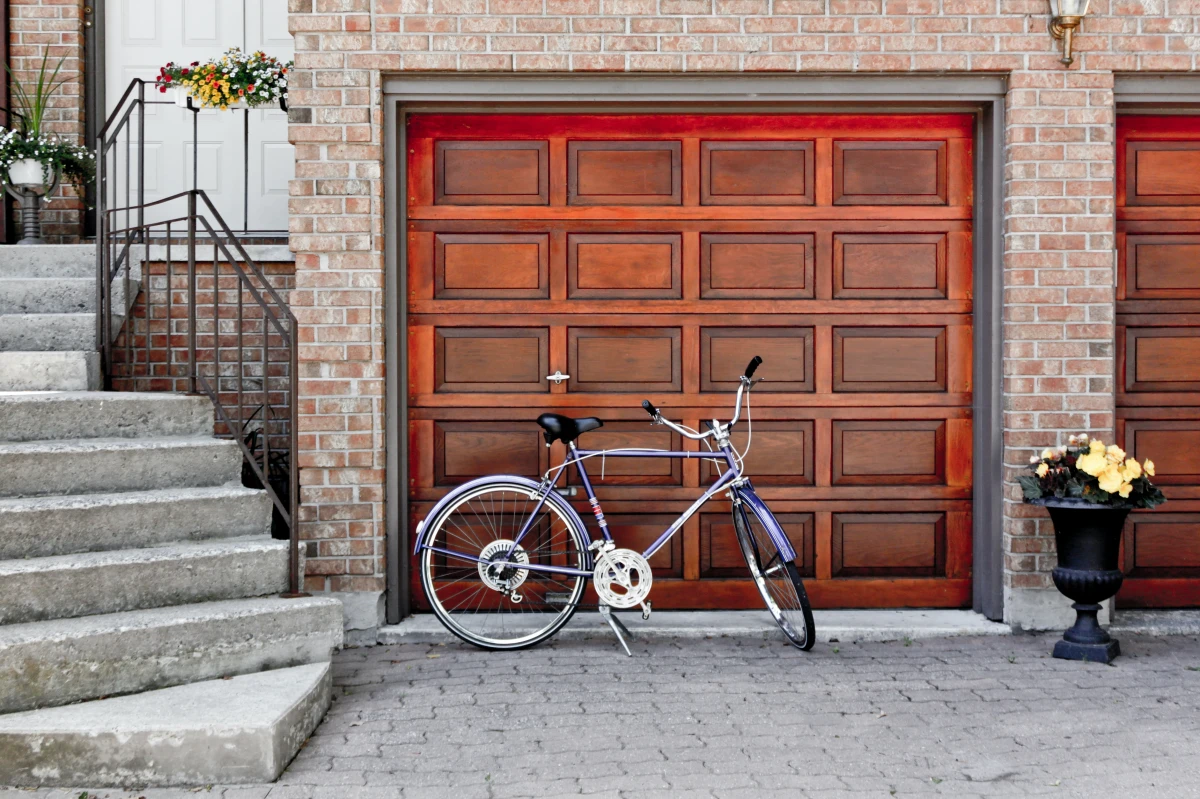
Fire safety experts are crystal clear on this: propane cylinders belong outdoors. Find a flat, stable spot in the shade, well away from doors and windows. The same goes for gasoline cans, kerosene, paint thinner, and charcoal lighter fluid. Their vapors are just as dangerous. Oh yeah, and don’t forget about aerosol cans! Things like spray paint, WD-40, or even hairspray can become tiny projectiles if the garage gets hot enough. Keep only what you absolutely need, and store it in an approved, sealed container, preferably in a shed away from the house.
The Sneaky Danger of Oily Rags
This is a hazard that’s easy to overlook but incredibly dangerous. I once had a client who was staining his deck and left a pile of the oil-soaked rags in his garage. He came home later to a garage full of smoke. The rags had caught fire all by themselves through spontaneous combustion.
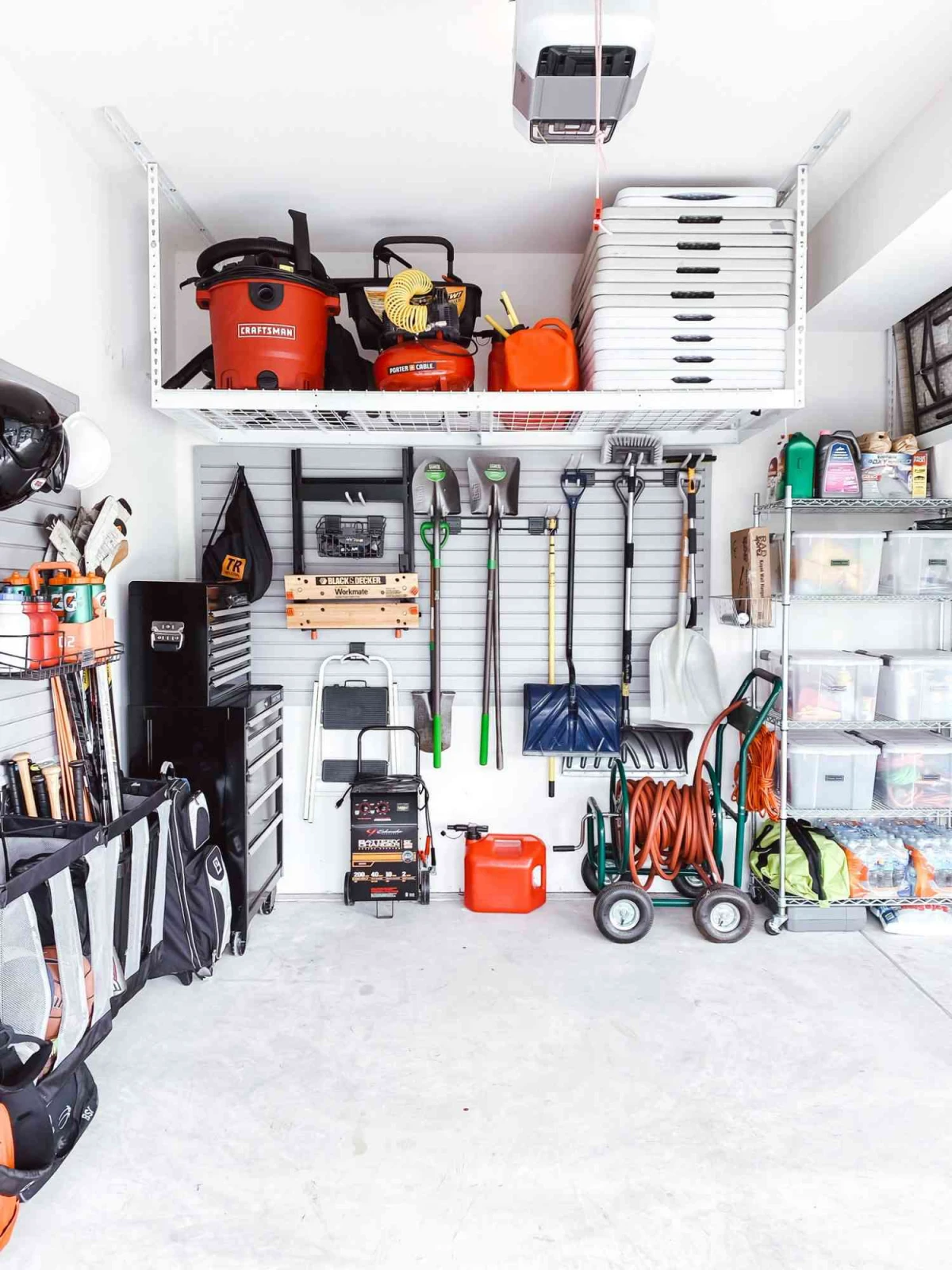
Here’s the science bit: many oil-based stains and finishes, like those with linseed oil, generate heat as they dry and cure through a process called oxidation. When you wad those rags into a pile, the heat gets trapped. It builds and builds until it hits the ignition point of the cloth, and poof—you have a fire with no flame to blame.
Quick Tip: Never, ever ball up or pile used oily rags. The safest method, and what we always do on a job, is to put them in a dedicated oily waste can. It’s a metal can with a tight-fitting, self-closing lid. You can find a proper UL-listed one at industrial supply stores or online for between $40 and $60. It might seem pricey, but it’s a heck of a lot cheaper than your homeowner’s insurance deductible after a fire. If you don’t have one, you can lay the rags out flat on a concrete driveway to dry completely until they’re stiff and hard, which usually takes a day or two. Only then are they safe to throw out.
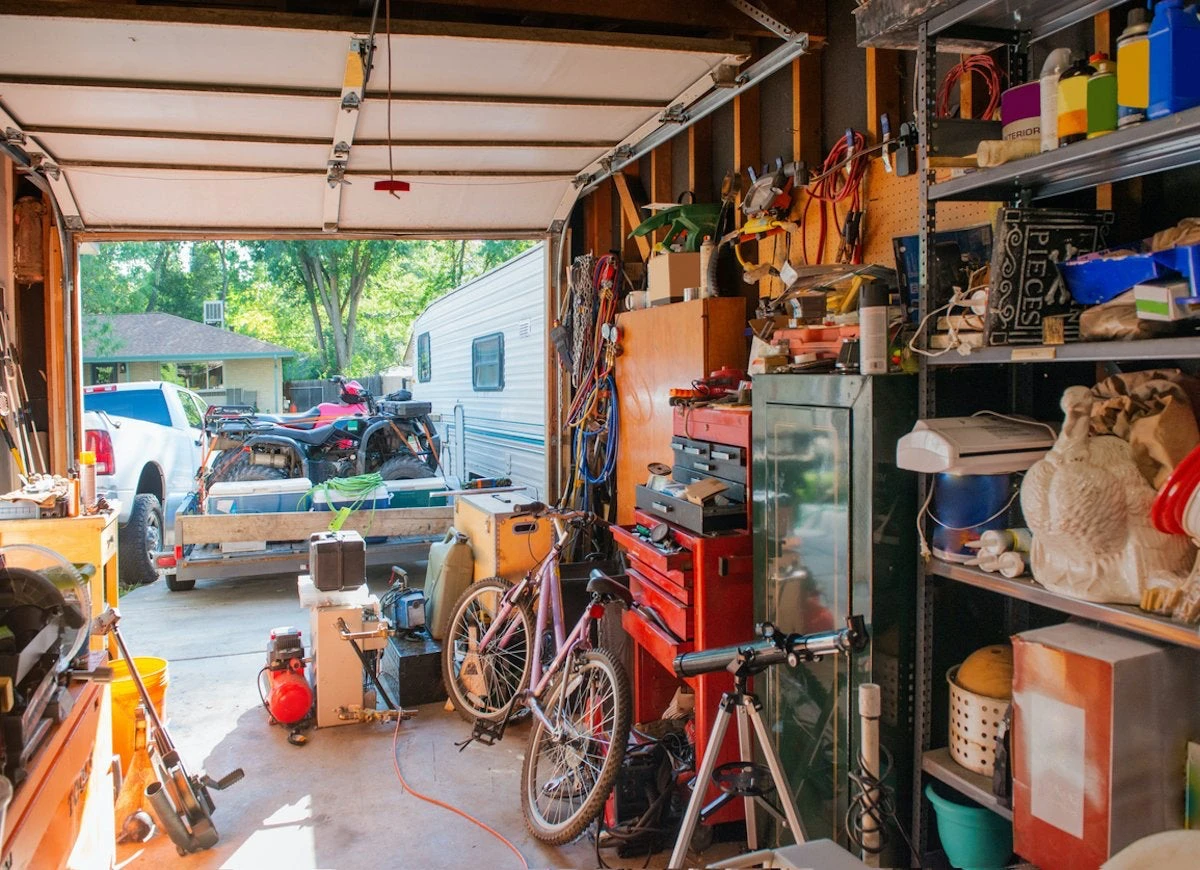
How Temperature and Humidity Destroy Your Valuables
Beyond the risk of fire, the very atmosphere in your garage is waging a slow war on your stuff. The daily temperature swings and moisture can ruin a surprising number of common items.
- Paint and Liquids: It seems like the perfect place for leftover paint, right? Wrong. Most latex paint is water-based, and it gets ruined by a single freeze-thaw cycle. The water separates from the pigments, and you’re left with a lumpy, useless sludge that looks like cottage cheese. On the flip side, intense heat can literally cook the paint in the can, destroying its chemical structure. The best spot for leftover paint is a cool, dry spot in a basement or utility closet.
- Electronics and Media: That old TV, computer, or box of vinyl records is slowly dying in your garage. The main culprit is condensation. As temperatures drop overnight, moisture collects on and inside the devices, causing corrosion on circuit boards. The day you finally plug it in, that corrosion can cause a fatal short circuit. In dry climates, the intense heat is the problem—it can make plastic brittle, warp records, and cause the layers of old DVDs to separate.
- Wood Furniture and Paper: Wood is a natural material that expands when it’s humid and shrinks when it’s dry. In a garage, this constant cycle puts incredible stress on furniture joints, causing glue to fail and wood to crack. The same goes for paper. Humidity is a dinner bell for mold and mildew, which will stain and devour books, documents, and precious photos. Pests like silverfish also love to munch on the cellulose in paper and bookbinding glue.
But what if you absolutely have to store something semi-delicate in the garage? If you’re out of options, your best bet is to create a micro-environment. Invest in a high-quality, gasket-sealed plastic tote—not just a cheap one, but one that truly locks out air and moisture. They might cost you $20-$30 instead of $10, but they’re worth it. For extra protection, toss in a few large desiccant packs (you can buy them online) to absorb any trapped moisture. It’s not a perfect solution, but it’s a much better gamble.

The Unwelcome Guests: How Garages Attract Pests
To a pest, your garage is a five-star resort. It offers shelter, hiding spots, and, all too often, a free buffet. Storing the wrong things is basically rolling out a tiny welcome mat.
Pet Food and Bird Seed: This is probably the most common mistake I see. A big bag of pet food in the garage is a powerful magnet for mice, rats, and all sorts of insects. They can chew through the paper or thin plastic bags in no time. Once they find that food source, they’re not just visiting—they’re moving in. Plus, the temperature swings can make the fats in the kibble go rancid, making it unhealthy for your pet.
A Practical Solution: If you buy pet food in bulk, your best move is to get a purpose-built, pest-proof container. Look for brands like Vittles Vault or Gamma2, which have heavy-duty, screw-on lids that rodents and raccoons can’t defeat. An investment of $25-$40 will protect your pet’s food and save you from calling an exterminator.
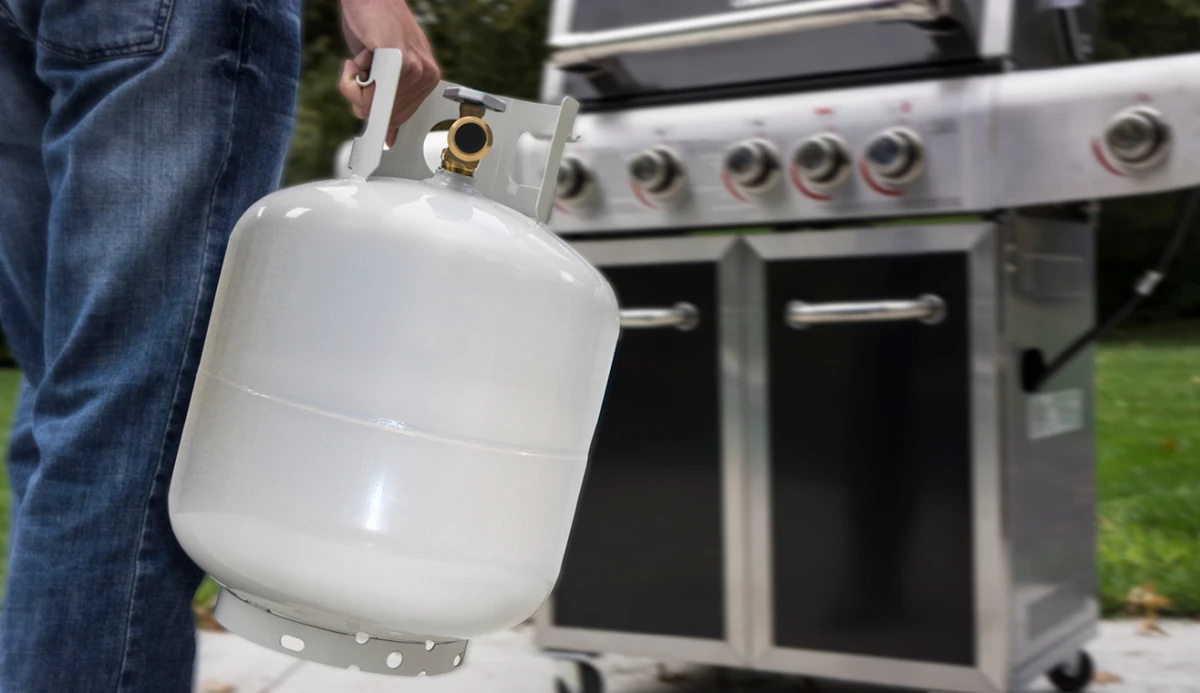
Clothing and Bedding: That cardboard box full of old sweaters? It’s the perfect nesting material for a mouse. They’ll chew it up and leave behind a nasty, unsalvageable mess. Moths, carpet beetles, and silverfish also thrive in these dark, undisturbed conditions, feasting on natural fibers. If you must store textiles, use airtight plastic bins, not cardboard. For anything really valuable, like a wool coat, use vacuum-sealed bags first, then put them in the bin.
Firewood: A stack of firewood is a Trojan horse. It’s a perfect home for termites, carpenter ants, and spiders. Stacking it inside your garage or against your house is asking for trouble, as these pests can migrate right into your home’s structure. Firewood should be stacked on a rack that keeps it off the ground, at least 20 feet from your house. Cover the top to keep it dry but leave the sides open for air to flow.

So, What Can I Safely Store in the Garage?
Okay, after all that, you’re probably wondering if the garage is good for anything! Of course it is. The key is to fill it with things that are durable, utilitarian, and couldn’t care less about the weather.
- Yard and Garden Tools: Shovels, rakes, hoses, and lawnmowers were born for this. Pro tip: drain the fuel from gas-powered equipment before long-term storage to keep the engine healthy.
- Car Supplies: Things like jacks, tire irons, washer fluid, and properly sealed motor oil are perfectly fine.
- Outdoor Gear: Think bicycles, kayaks, ladders, and plastic patio furniture. They’re built to withstand the elements.
- The Right Kind of Bins: This is where your garage can shine! Sturdy, waterproof plastic bins with tight lids are great for things like holiday decorations (the plastic and ceramic kind, not the ones with fabric or candles), sports equipment, and other seasonal gear.

Your Quick Win for Today
Here’s a challenge: take five minutes right now. Walk into your garage, find ONE thing from the ‘do not store’ list—like a can of old paint, a box of photos, or a bag of birdseed—and move it to a safer spot inside. Just like that, you’ve made your home a little bit safer. It’s a great first step.
Ultimately, treating your garage with respect is about protecting your home and your memories. Before you toss something in there, just ask yourself three simple questions:
- Can this thing catch fire?
- Can heat, cold, or moisture ruin it?
- Is this food or shelter for pests?
If the answer is ‘yes’ to any of these, find another home for it. A little bit of thought now can save you a world of hassle, heartache, and expense down the road.
Inspiration:

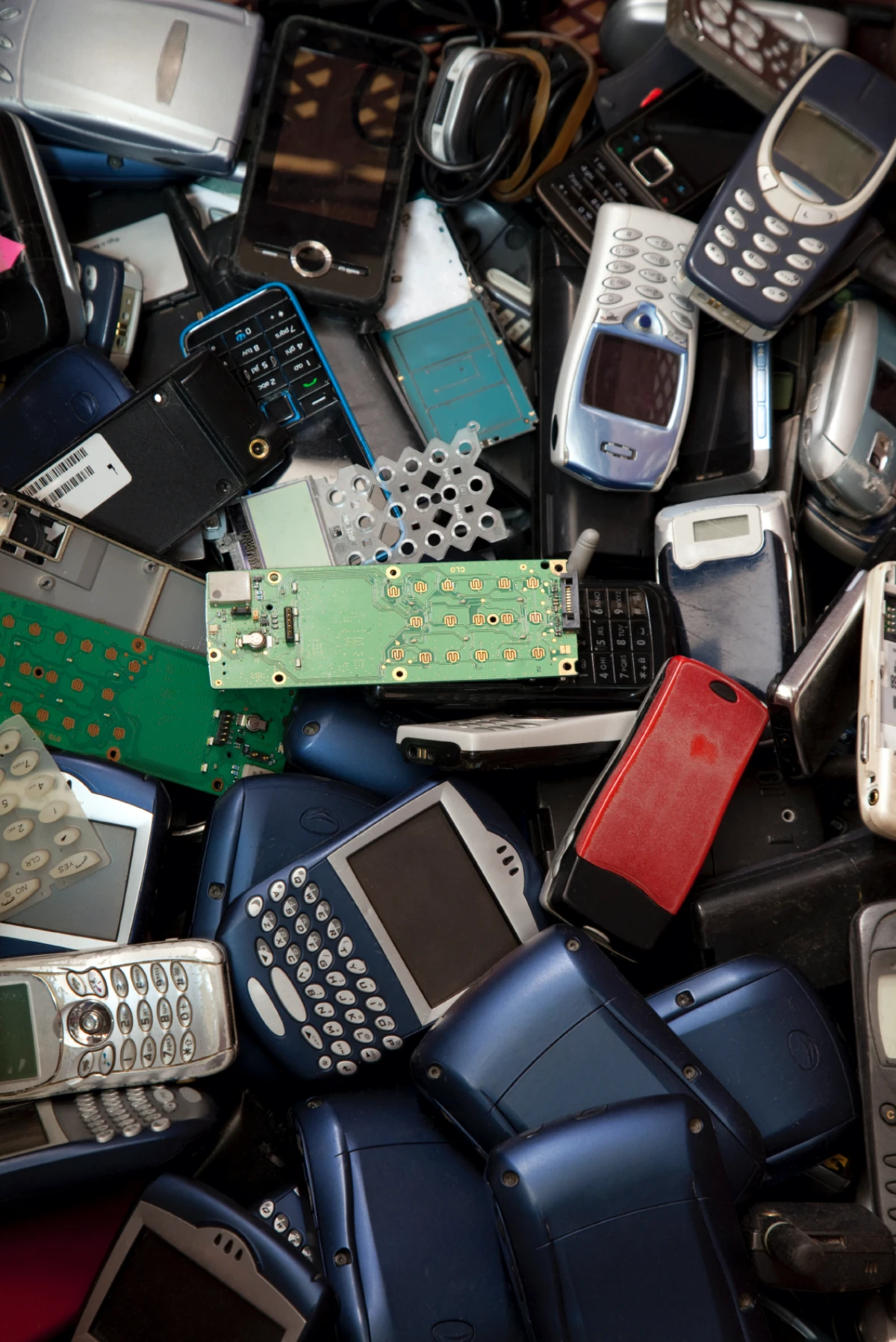
According to entomologists, a single cardboard box can become a breeding ground for cockroaches, silverfish, and spiders within weeks in a damp, dark environment.
Those stacks of moving boxes are not the safe havens you think they are. Cardboard acts like a sponge for ground moisture and provides the perfect starchy food source and shelter for pests. Once they’ve established a home base, they’ll venture into your house next. Protect your belongings and your home by investing in a different solution.
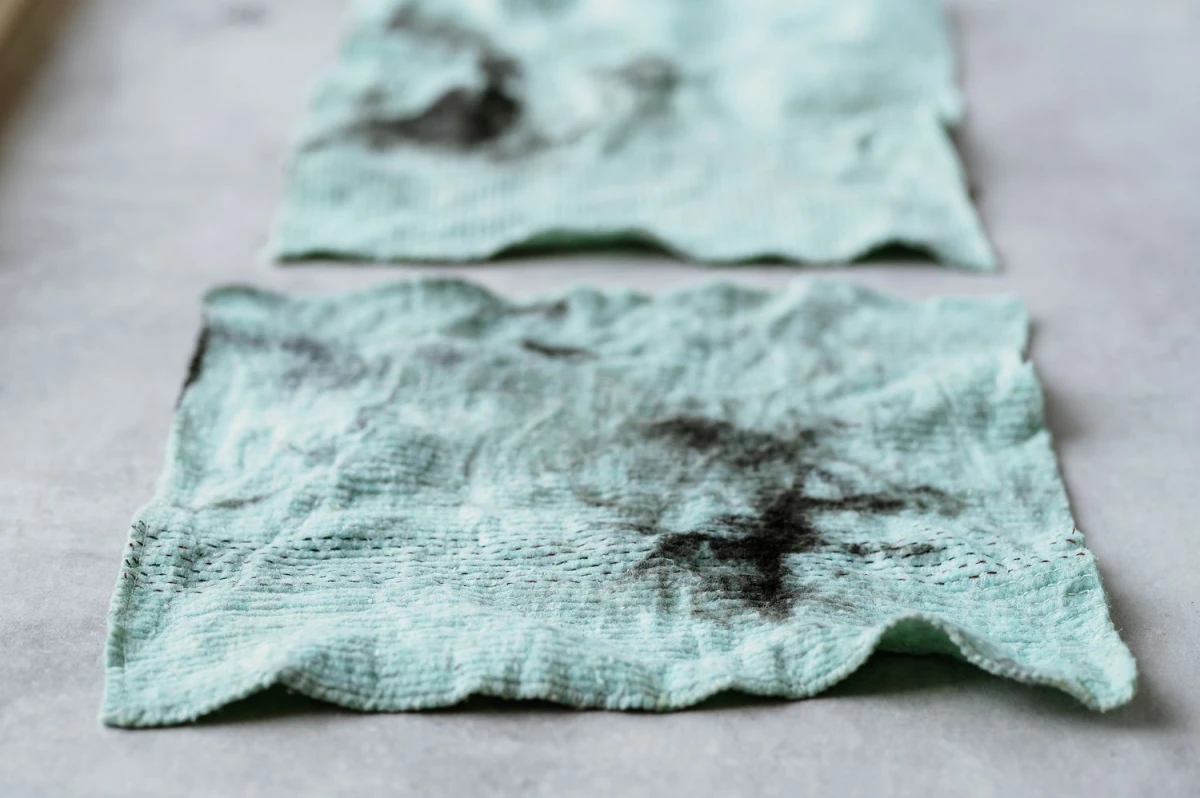
Wondering if that old VCR or spare computer monitor is safe in the garage?
Probably not. Extreme cold can be just as damaging as heat, causing LCD screens to crack and internal batteries to lose their ability to hold a charge permanently. The delicate solder joints on circuit boards can also become brittle and fail. If an electronic item is valuable to you, find it a stable, indoor home in a closet or basement.

Important point: Your garage is not a pantry extension. Storing canned goods might seem logical, but repeated temperature swings between hot and cold can compromise the seals and cause the food to spoil much faster than its expiration date suggests. In extreme cases, it can lead to botulism. The same goes for pet food or birdseed, which are powerful magnets for rodents and insects.
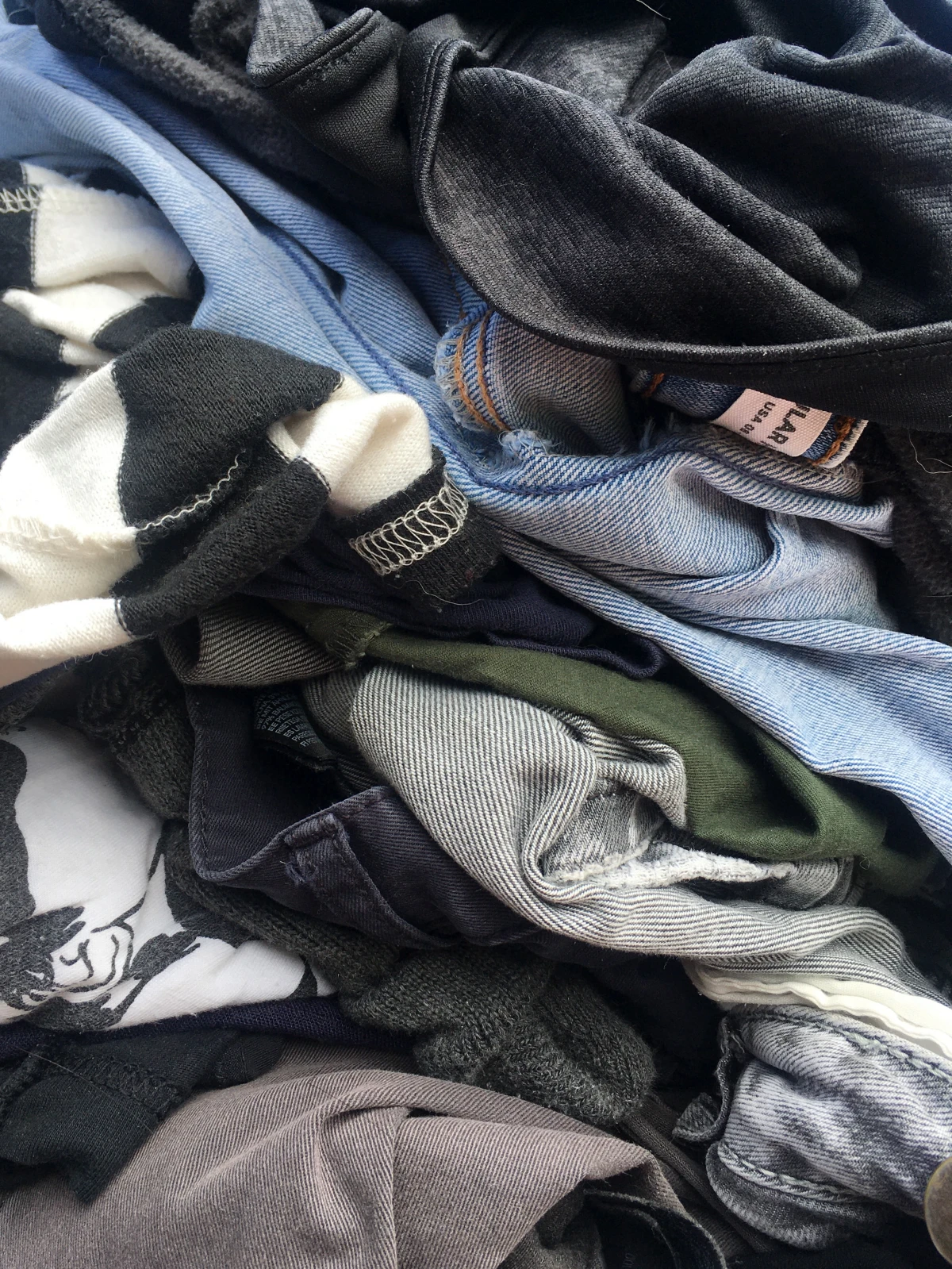
- Protects your items from ground-level moisture and pests.
- Prevents accidental damage from car doors and bumpers.
- Maximizes storage space you didn’t know you had.
The secret? Go vertical. Ditch the floor stacks and install robust, off-the-floor shelving. Wall-mounted track systems like Gladiator GearWall or heavy-duty freestanding steel racks create a safer, more organized space and force you to be intentional about what you keep.

That half-used can of latex paint is a ticking time bomb of uselessness in the garage. Once frozen and thawed, the paint’s emulsion breaks down, leaving you with a lumpy, separated mess that’s impossible to apply smoothly. For touch-ups, pour a small amount into a sealed glass jar and store it in a temperature-stable location, like a utility closet.
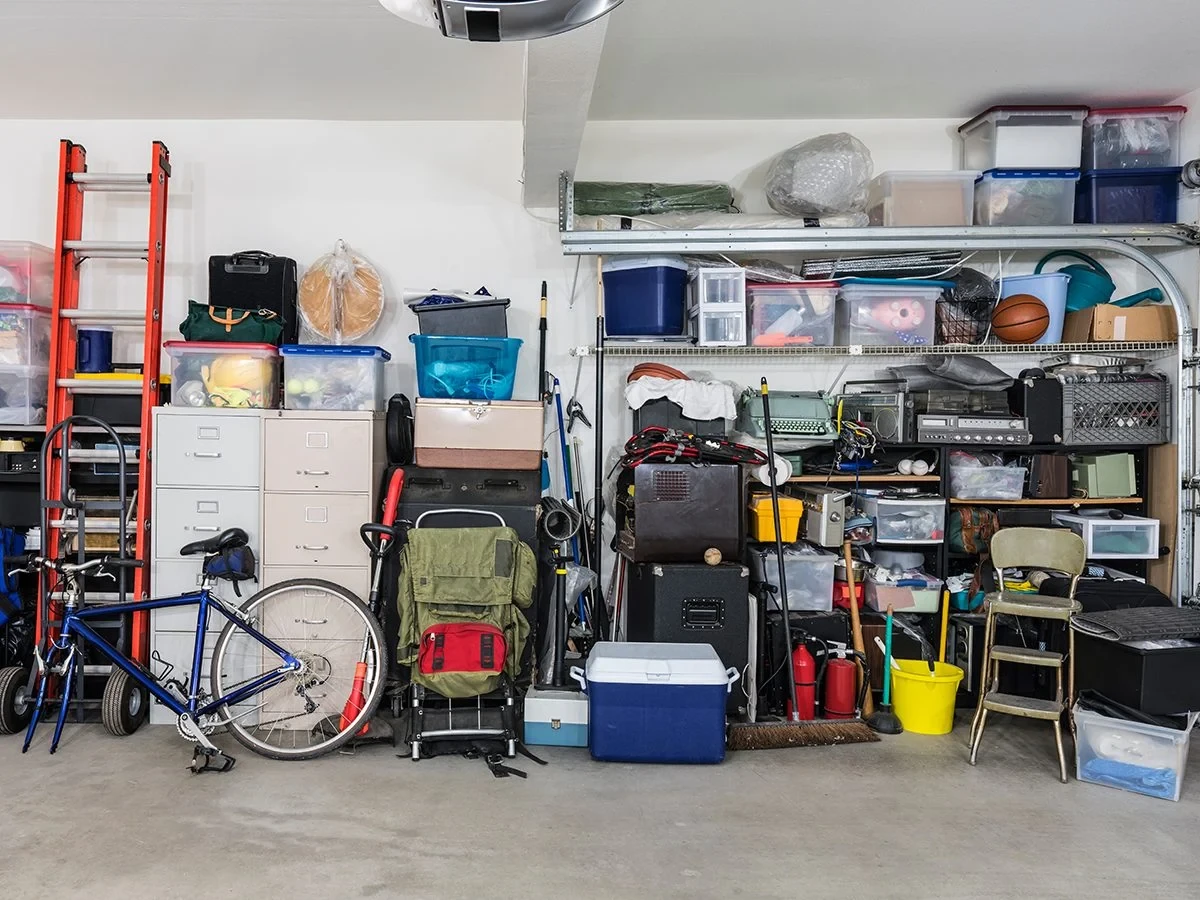
Firewood Stack: Belongs outside, away from the house. It’s often a Trojan horse for termites, carpenter ants, and beetles that you do not want migrating into your home’s structure.
Wooden Furniture: Belongs inside your climate-controlled home. The fluctuating humidity of a garage will cause solid wood to swell and shrink, cracking joints, loosening veneers, and ruining the finish.
Never mix them up; one is a pest risk, the other is at risk from the elements.
Think beyond just what you store, and consider what you store it *in*. Swapping cardboard for the right container is a game-changer.
- For Sentimental Items: Use gasket-sealed, weather-tight totes from brands like IRIS USA or Sterilite. They create a micro-environment that buffers against humidity and keeps pests out.
- For Tools & Hardware: Clear, stackable polypropylene bins are ideal. They won’t absorb moisture or oils and let you see what’s inside at a glance.










